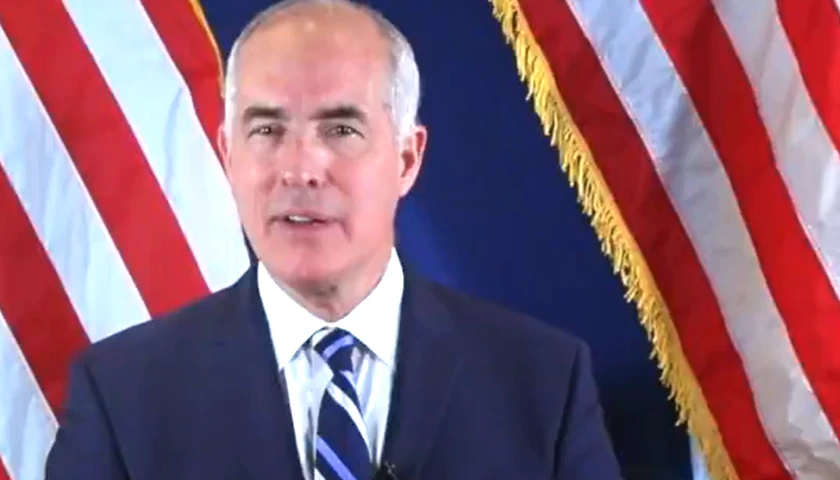by Kerry McDonald
When it comes to education, the word voucher tends to elicit strong reactions in three broad public opinion camps. First, there are those who feel strongly that vouchers can expand education options for families by allowing children to attend a private school using some or all of the per-pupil spending amount allocated to the local district school.
In other words, if a school district spends around $13,000 per student (the national average), then families would be able to use some or all of that tax money toward private school tuition instead. Second, there are those who feel that vouchers and other education choice mechanisms threaten conventional mass schooling by expanding private options. Finally, there are those who believe that no tax dollars should be allocated toward education, either public or private.
Vermont’s Voucher Program
As political fodder, voucher programs are sometimes used to pit people against each other. Yet, school voucher programs have been around for a long time, serving myriad purposes, often with wide support. In Vermont, for instance, the nation’s oldest school voucher program flourishes.
Created in 1869, Vermont’s voucher program allows students in towns without public schools to attend any public or non-religious private school, including elite prep schools and boarding schools, in Vermont or out-of-state—with the home district footing the bill. As of 2016, 95 Vermont towns offered a town tuition voucher for one or more grades.
Vermont also recently enacted a preschool voucher program, allowing parents to take advantage of up to 10 hours per week of publicly funded preschool services through either a public or private preschool provider. For a state with such a strong voucher legacy, it’s ironic that longtime Vermont senator and Democratic presidential candidate, Bernie Sanders, opposes vouchers, asserting that he is
strongly opposed to any voucher system that would re-direct public education dollars to private schools, including through the use of tax credits.
Other school districts around the country pay for out-of-district placements for students, typically with special needs, who require services or settings that the district cannot provide. This also works like a voucher, with the home district paying the tuition to the receiving school. Then there are Federal Pell Grants in higher education that allocate needs-based public money to college students, also acting as a voucher.
In fact, Democratic presidential candidate Elizabeth Warren advocated expanding these Pell Grant vouchers, which go to students at both public and private colleges and universities, while stating that she is opposed to private school vouchers at the K-12 level. Finally, vouchers are widely accepted outside of education in everything from housing vouchers for low-income families to food stamps and the Special Supplemental Nutrition Program for Women, Infants, and Children (WIC).
The Attack on Vouchers
 Given the vast use and acceptance of vouchers in many areas of our society, including education, the targeted attack on K-12 school voucher programs is misguided. Calling them aid, subsidies, grants, tuition programs, or any other euphemism doesn’t dismiss the fact that these tax money allocations are, indeed, vouchers. While school voucher programs have long been criticized by those who want to retain the mass schooling status quo and limit a family’s education choices, particularly for low-income families, the tide may be turning. Public opinion appears to be shifting toward more choice for more families through school vouchers.
Given the vast use and acceptance of vouchers in many areas of our society, including education, the targeted attack on K-12 school voucher programs is misguided. Calling them aid, subsidies, grants, tuition programs, or any other euphemism doesn’t dismiss the fact that these tax money allocations are, indeed, vouchers. While school voucher programs have long been criticized by those who want to retain the mass schooling status quo and limit a family’s education choices, particularly for low-income families, the tide may be turning. Public opinion appears to be shifting toward more choice for more families through school vouchers.
According to recent findings from the “2019 Welfare, Work, and Wealth National Survey,” conducted by the Cato Institute, the majority of Americans (58 percent) support taxpayer-funded K-12 private school vouchers. Some groups are particularly favorable toward vouchers. Responding to the survey question, which asked how respondents feel about a proposal “that would give all families with children in public school a wider choice by allowing them to use a voucher to enroll their children in private schools instead, with government helping to pay the tuition,” African Americans responded most enthusiastically, with 69 percent support.
Low-income Americans and those with only a high school diploma were also highly supportive of K-12 private school vouchers, but that support dwindled among those with higher incomes and college degrees. Poorer and less well-educated Americans demand more choice beyond an assigned district school, even as more privileged citizens oppose granting it. The survey also found some political nuances to voucher preferences, as well. While Republicans and independents are most favorable toward vouchers, 60 percent of moderate Democrats also support them, as do 39 percent of liberal Democrats.
The majority of Americans, according to the Cato survey, would rather send their children to a private school, while 59 percent of Democrats prefer public school. Let parents decide where and how to educate their children. If parents prefer public school for their kids, then they should send their kids to public school; but they shouldn’t limit other parents’ choices because of their own personal preferences or political leanings.
American taxpayers spend over $700 billion each year on K-12 public schooling. Vouchers give families more choice over how that money is spent, allowing them to select the best educational fit for their children beyond a mandatory local school assignment. Parents are increasingly dissatisfied with a one-size-fits-all mass schooling model and want access to expanded educational options for their kids. Vouchers expand access and options. It’s good to see that more Americans agree.
– – –
Kerry McDonald is a Senior Education Fellow at FEE and author of Unschooled: Raising Curious, Well-Educated Children Outside the Conventional Classroom (Chicago Review Press, 2019). She is also an adjunct scholar at The Cato Institute and a regular Forbes contributor. Kerry has a B.A. in economics from Bowdoin College and an M.Ed. in education policy from Harvard University. She lives in Cambridge, Massachusetts with her husband and four children. You can sign up for her weekly newsletter on parenting and education here.




